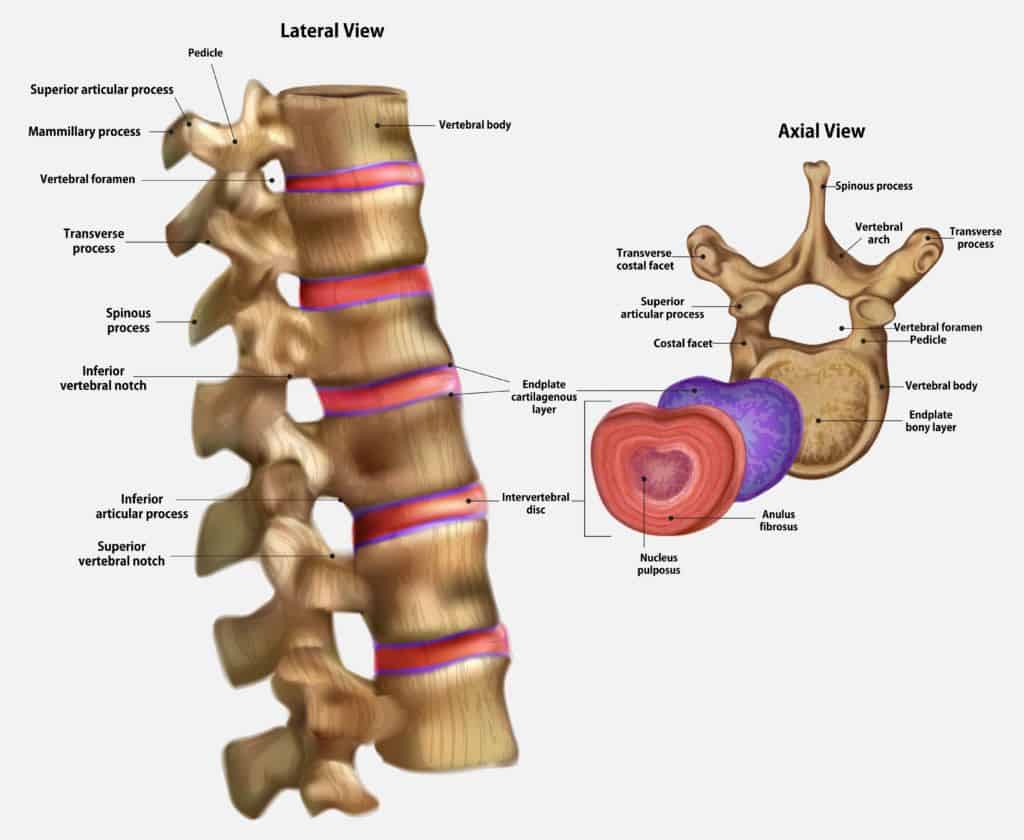9 Simple Techniques For Lumbar Vertebrae - Anatomy Pictures and Information
Slideshow A Visual Guide to Low Back Pain - WebMD Things To Know Before You Get This

(See the image below.) Lumbar back muscles. Extensors The extensor muscles are organized in 3 layers. The biggest group of intrinsic back muscles and main extensor is the erector spinae (or sacrospinalis). In the lower L-spine, the erector spinae looks like a single muscle. At the upper lumbar location, it divides into 3 vertical columns of muscles (iliocostalis, longissimus, spinalis).
The iliocostalis is the most lateral, and the spinalis (smallest muscle) is the most medial. The longissimus (largest muscle) inserts on to the skull base, whereas the iliocostalis inserts onto the angles of the ribs and transverse processes of the lower cervical vertebrae. As these muscles rose up the vertebral column, they divide regionally depending upon where the muscle attaches superiorly.
In the sacrum, it originates from the laminar area simply medial to the posterior sacral foramina, from the tendinous origins on the erector spinae, and the median surface of the posterior exceptional iliac spinal column (PSIS). Each fascicle is directed superomedially towards the inferior and median margin of the lamina and surrounding spinous process.


9 Simple Techniques For Lumbar Spine - Dutton's Orthopaedic Examination, Evaluation
The transversospinal muscle group acts both as an L-spine extensor and a rotator. A multitude of little, segmental muscles are the inmost layer of the back extensors. They can be divided into 2 groups, both innervated by the dorsal rami of back nerves. The levatores costarum are not normally present in the lumbar spine.
The interspinales includes brief fasciculi connected in between the spinous processes of adjoining vertebrae. The intertransversarii consist of 2-3 slips of muscles, which pass between nearby transverse procedures. They are postural stabilizers and increase the performance of bigger muscle group action. Forward flexors Flexors of the L-spine are divided into an iliothoracic (extrinsic) group and a femorospinal (intrinsic) group.
The femorospinal group is made up of the psoas major and iliacus muscles. The psoas major stems from several areas: the anterior surface and lower border of transverse procedures of L1-L5, from the bodies and discs of T12-L5. Source inserts on to the lesser trochanter of the thigh and is innervated by direct fibers of the back plexus (L1-L3).
UNDER MAINTENANCE